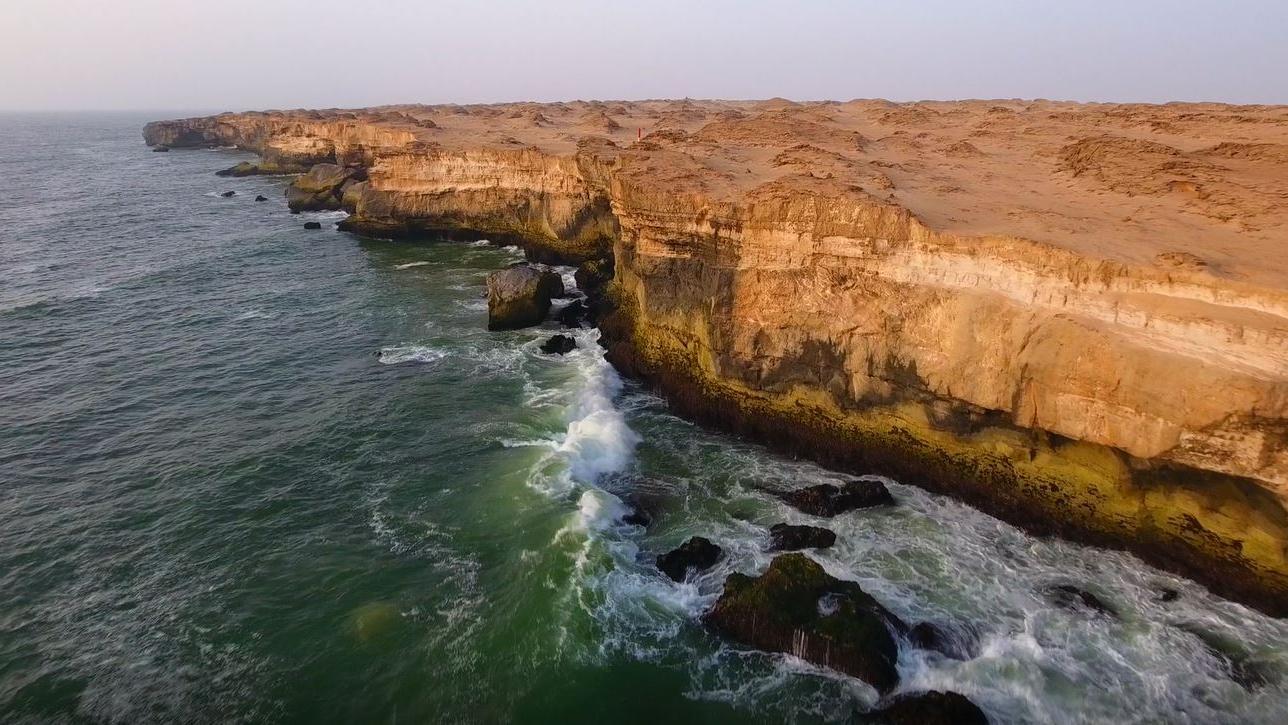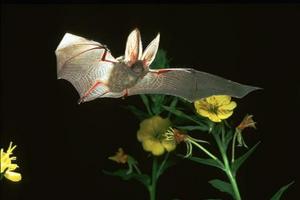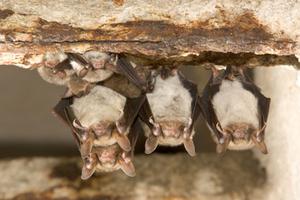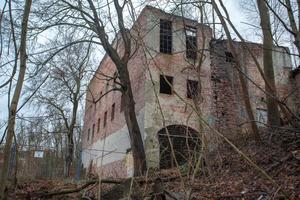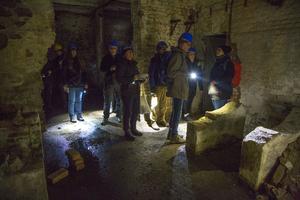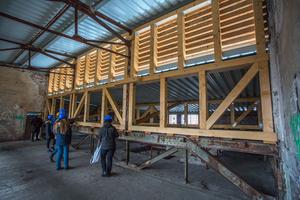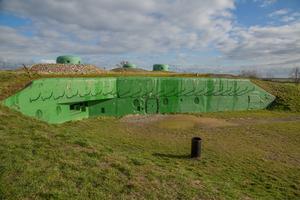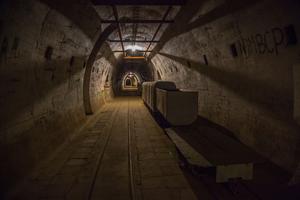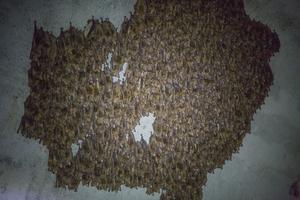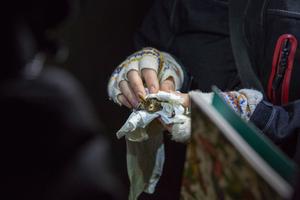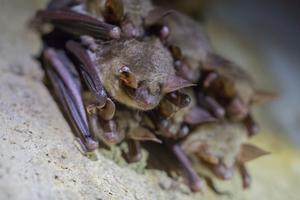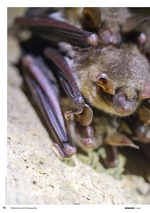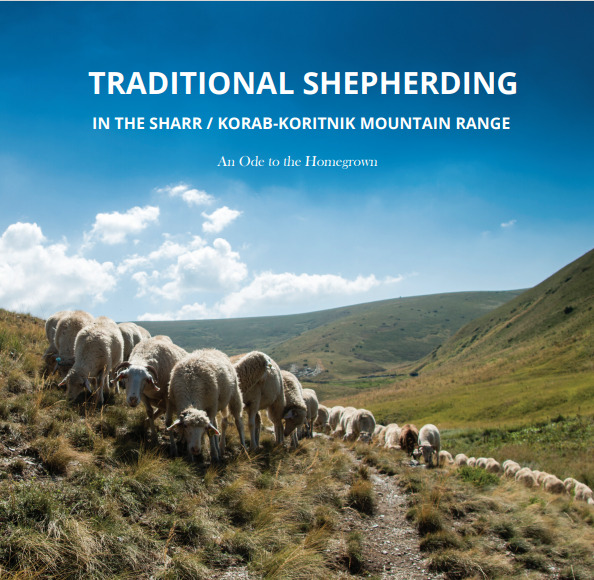Protecting Mediterranean Monk Seals
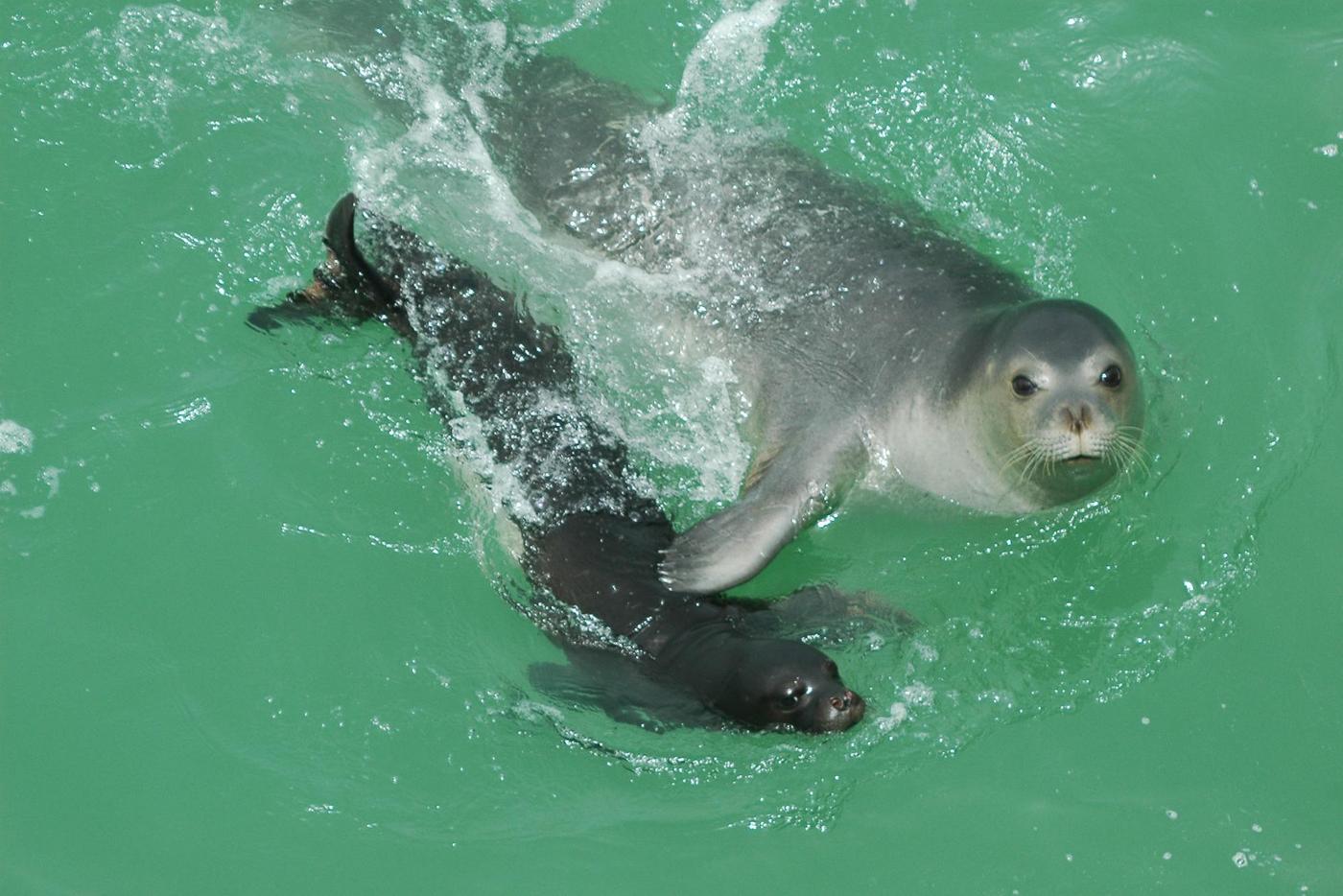
This sight is becoming more frequent again: monk seal with offspring
© Miguel Angel Cedenilla/CBD HabitatMonk seals are among the most mysterious mammals in Europe. Little is known about the way of life of this species. The seals, which once had a population covering the whole Mediterranean region and neighbouring seas, are now greatly endangered. Until a few years ago, it was considered one of the rarest marine mammals. Thanks in part to the conservation efforts of EuroNatur, populations have recovered in recent years.
Many Dangers
Habitat destruction, pollution of sea waters and overfishing are challenging the survival of the monk seal. Undisturbed sandy beaches and rocky coastal cliffs and grottos have become rare in their entire area of distribution. Scuba divers, tourists and fishermen are increasingly invading the remotest spots. This means that not only are the valuable quiet places for the seals to rest under threat but the very rearing of their young.
Our efforts show success

Our partners always keep an eye on the development of the seal stocks in the Adriatic.
© MOmThe largest colony of Mediterranean monk seals is not in fact in the Mediterranean but at Cap Blanc, a peninsula on the Atlantic coast of Mauritania. It is estimated that 40% of the total population lives in the colony. This is one of the focal points of EuroNatur's work for the protection of these seals. Alongside this are there is also a further central area of distribution and that is in Greece. Since the beginning of the 1990s EuroNatur has been working on the Greek island of Alonnisos for the protection of the monk seal colony living off the coast there.
These measures are proving successful, which results in a growing seal population and an increase of their geographic range. In order to continue to enable this favourable development, EuroNatur and their partner organisations in South East Europe have joined forces in 2017 to campaign for the protection and exploration of the Mediterranean monk seals in Greece, as well as their dispersal into the northeastern waters of the Adriatic.
Death in Holiday Paradise: Magazine article about the killing of the monk seal Kostas off Alonnisos (4/21)
(360 KB)Protecting Bats

EuroNatur also works to protect bats in the German-Polish border area. Following the successful completion of the Natura Viadrina+ project, the ‘Gatunki Viadrina Arten’ project began on 1 October 2024. It will run until 30 September 2027 as part of the INTERREG VI A Brandenburg-Poland 2021-2027 cooperation programme. The project is being promoted jointly by the Landscape Conservation Association of the Middle Oder River (Landschaftspflegeverband Mittlere Oder e.V.), Międzyrzecki Rejon, Umocniony- Muzeum, Klub Przyrodników and EuroNatur. It includes various measures for environmental education, networking between German and Polish species experts, securing bat roosts and conserving dry grassland.
Saving bat roost buildings from deterioration
The project area has two important winter bat roosts. One of these is the Nietoperek reserve, the most important northern European winter roost with over 35 000 individuals (including c.29 000 greater mouse-eared) which is located in a 36 km long bunker complex at Pniewo (7200 ha). The other is to be found in the Old Brewery (0.25 ha) in Frankfurt (Oder). The building, which is part of the former Ostquell Brewery and owned by EuroNatur, is of national importance for its c.700 hibernating greater mouse-eared bats.
As endangered species, all bats are protected across Europe. The safeguarding and maintenance of their winter roost is therefore of great importance. One of the aims of the project is to analyse the microclimatic conditions in the bat hibernacula and implement improvement measures with experts. With the help of video cameras, the project partners want to monitor the disturbances caused by predators and/or external influences to which the animals are exposed during their hibernation. This will also clarify whether the installation of grids is necessary to secure the roost function.
Magazine report (2/20): Nature conservation underground - Visiting greater mouse-eared bats and others
(477 KB)Handover of keys for bat roost
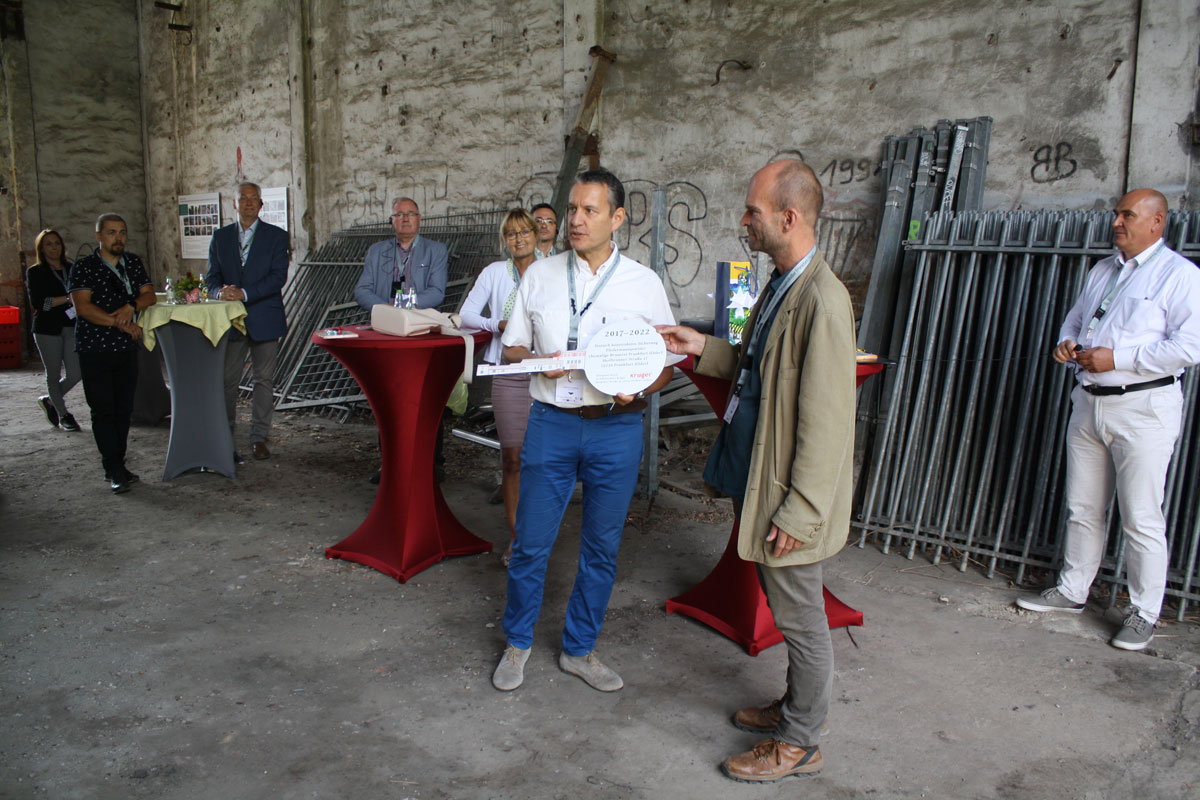
EuroNatur Executive Director Gabriel Schwaderer with the symbolic key for the refurbished bat roost in Frankfurt/Oder. Next to him is Thoralf Schiwietz, Chairman of the Middle Odra Landscape Conservation Association.
© Christina BrunkowOn July 28, 2022, the symbolic handover of keys for the secured bat hibernation site took place at the former Ostquell Brewery in Frankfurt/Oder. The key handover to EuroNatur Executive Director Gabriel Schwaderer, Thoralf Schiwietz, Chairman of the Mittlere Oder Landscape Conservation Association, and to Nobert Bartel, the volunteer bat hibernation site supervisor, marked the ceremonial conclusion of the securing and renovation work. In addition, even better hibernation conditions were created for the bats: crevices in the masonry, insulation of basement walls, drainage of rainwater into the interior of the building. Humidity is crucial for greater mouse-eared bats and their relatives, as is a constant temperature in winter.
Transhumance – a wealth of nature bequeathed by tradition

The seasonal movement of livestock between summer and winter pastures, known as transhumance, has not only shaped the landscape over the centuries but also profoundly influenced the culture of the whole of the Mediterranean area. It allowed people there to sustainably exploit the erosion-prone terrain and adapt to the particular climatic conditions. Transhumance created and preserved cultural landscapes of rare beauty and incredible species diversity.
Key for biodiversity
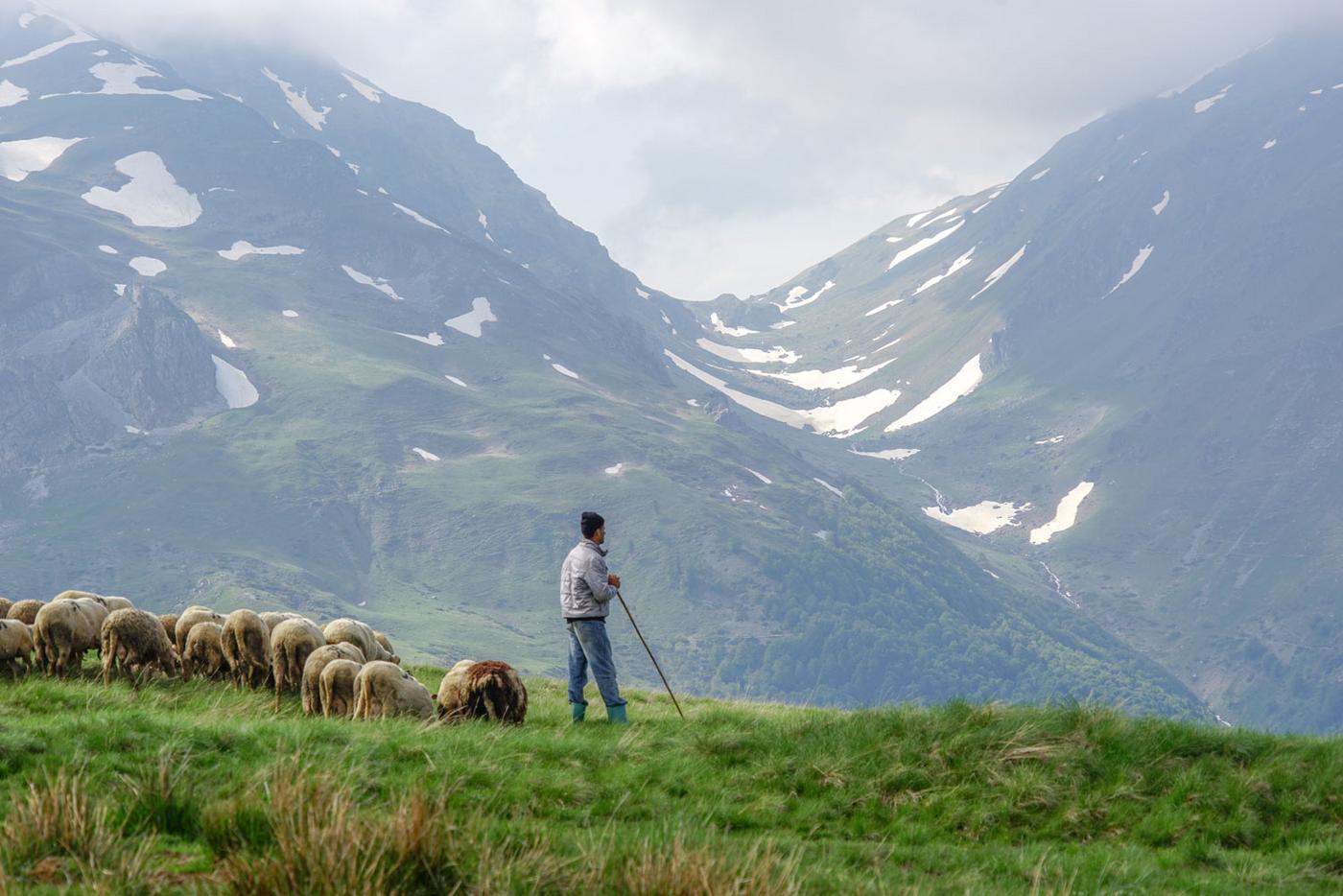
A shepherd with his flock in the Shar Mountains, one of the last areas of large-scale transhumance in Europe.
© Jovan Bozinoski
Up to the middle of the twentieth century, therefore, several million sheep, goats and cattle would migrate to and fro twice a year between their summer and winter pastures. However, things changed when several countries with large agricultural sectors joined the European Community and their agriculture became increasingly determined by EU agricultural policy. Intensive livestock farming and monocultures drove out traditional transhumance. Yet transhumance is in many places the key to the preservation of the ecological treasures of the Mediterranean area.
EuroNatur is promoting projects relating to transhumance in Bulgaria in the regions of Shar-Korab-Koritnik and Sakar and Kotel. EuroNatur is also a member of the Alliance for Mediterranean Nature and Culture (AMNC). Jointly with its partners, EuroNatur is promoting the preservation of transhumance whilst ensuring that it is adapted to the geographical and socio-political conditions in each area.
Workshop: Knowledge share on Advocacy work for Agriculture Policy (13. & 15. June 2022)
(199 KB)Nature conservation on your doorstep - EuroNatur projects in Germany
Brandenburg
With its soft rolling hills, luxuriant beech and hornbeam woods, varied waters valleys, wet meadows, sand and heathland Brandenburg captivates the visitor with the sheer variety of its precious natural landscapes. The many different forms of habitats offering a home to numerous endangered species such as the European Otter, White-tailed Eagle, Osprey, Kingfisher and Black stork.
At the end of the 1990s these natural paradises were in serious danger. The Federal Government had planned the privatisation of large, ecologically valuable conservation areas which had remained state property in GDR times. Reacting to the numerous protests of nature conservation associations, in 2000 the Federal Government created the legal basis for these areas to become the property of the Länder and Nature Conservation Trusts.
EuroNatur declared its willingness to take over a total area of around 1000 hectares and in this way prevent the fragmentation and destruction of nature reserves so rich in species. In these areas, among other things, we are working on the renaturation of peatlandsthe or the gradual conversion of pure pine stands into species-rich and site-appropriate mixed deciduous forests. Forest areas that are already developing close to their natural state are taken out of use in order to leave room for natural forest development. All these measures are an important contribution to climate protection.
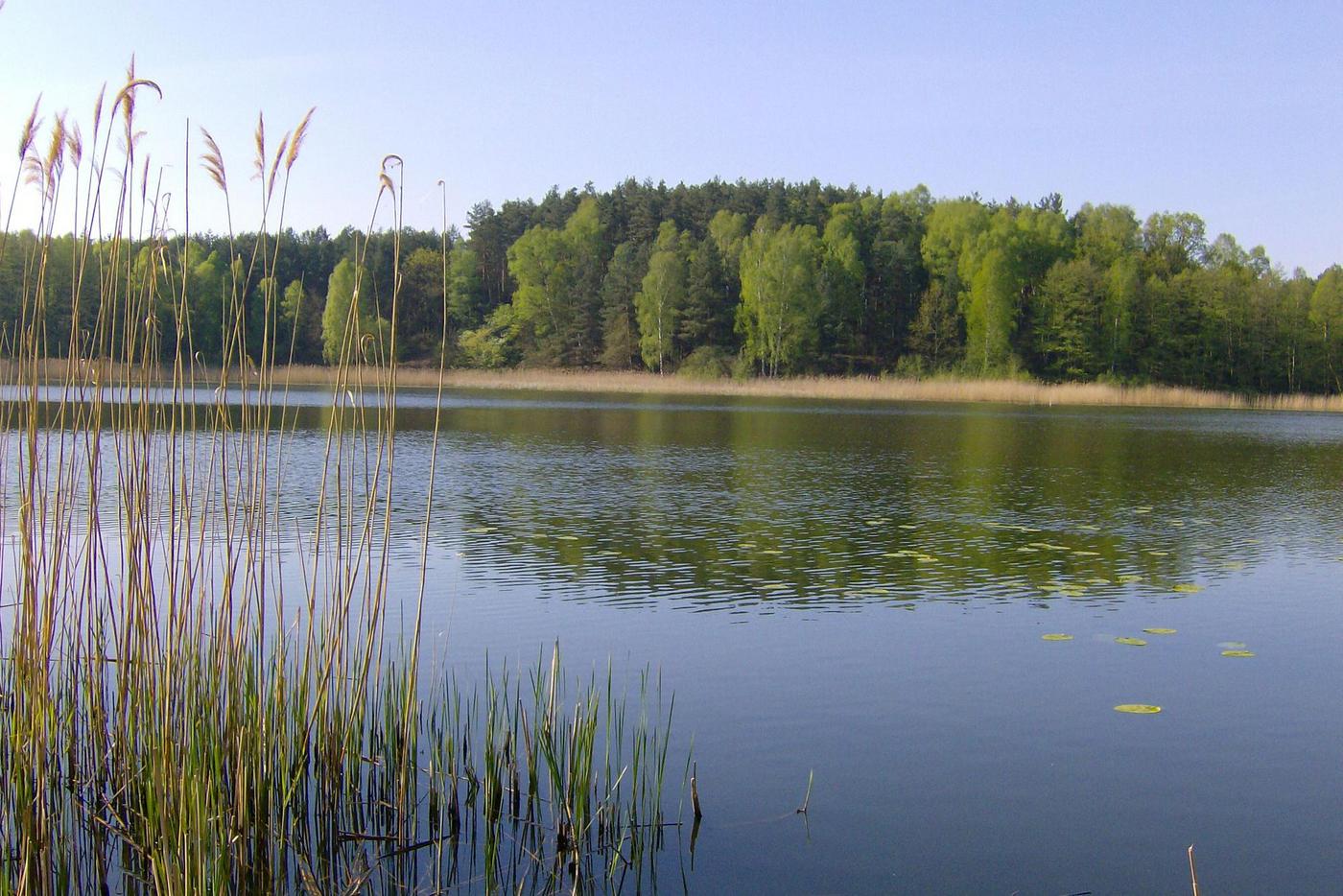
The Belenzsee in the Lower Schlaubetal is one of the many jewels on our sites in Brandenburg.
© Manuela Burkart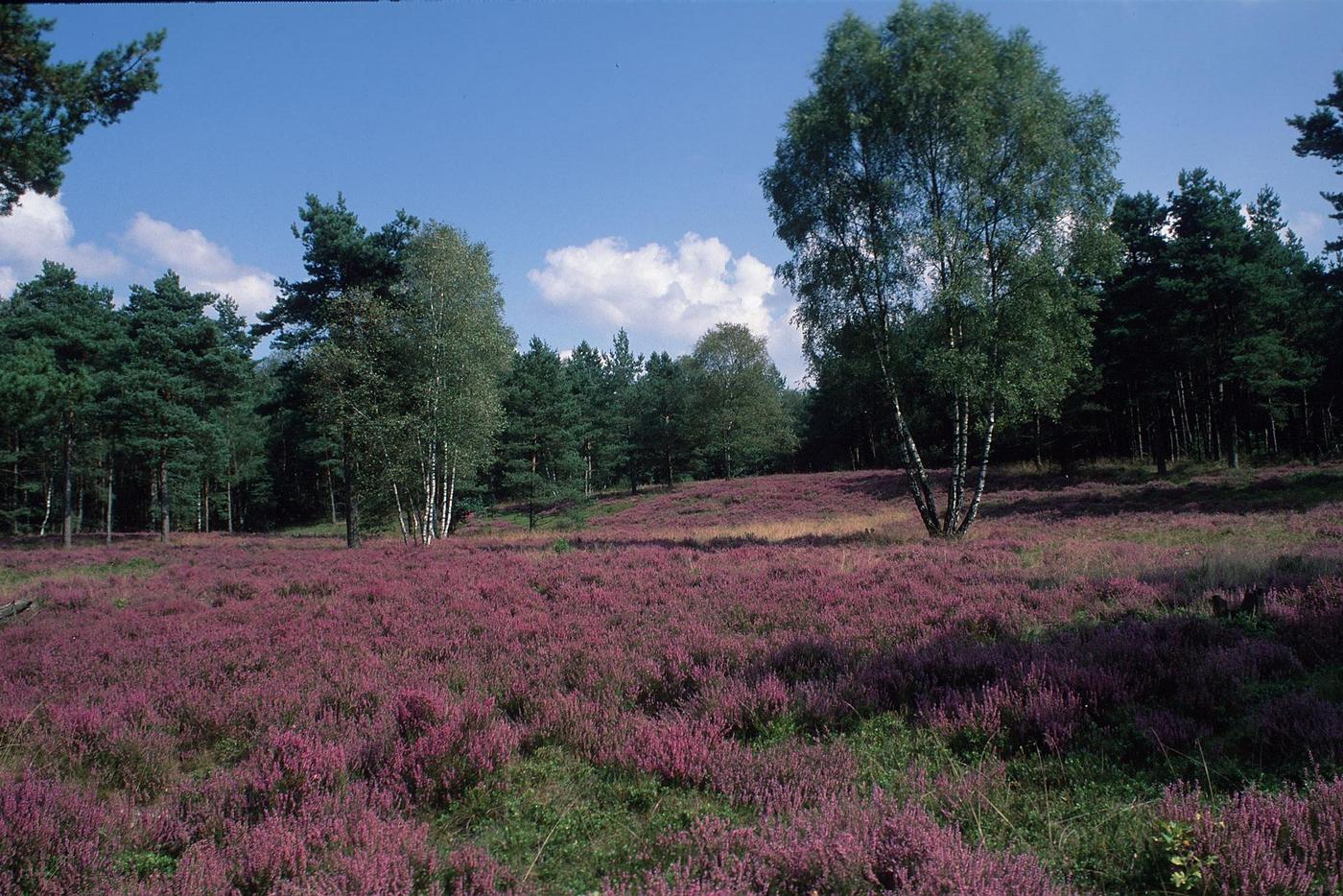
A place to breathe: the vast heath landscape of the Senne
© Walter Venne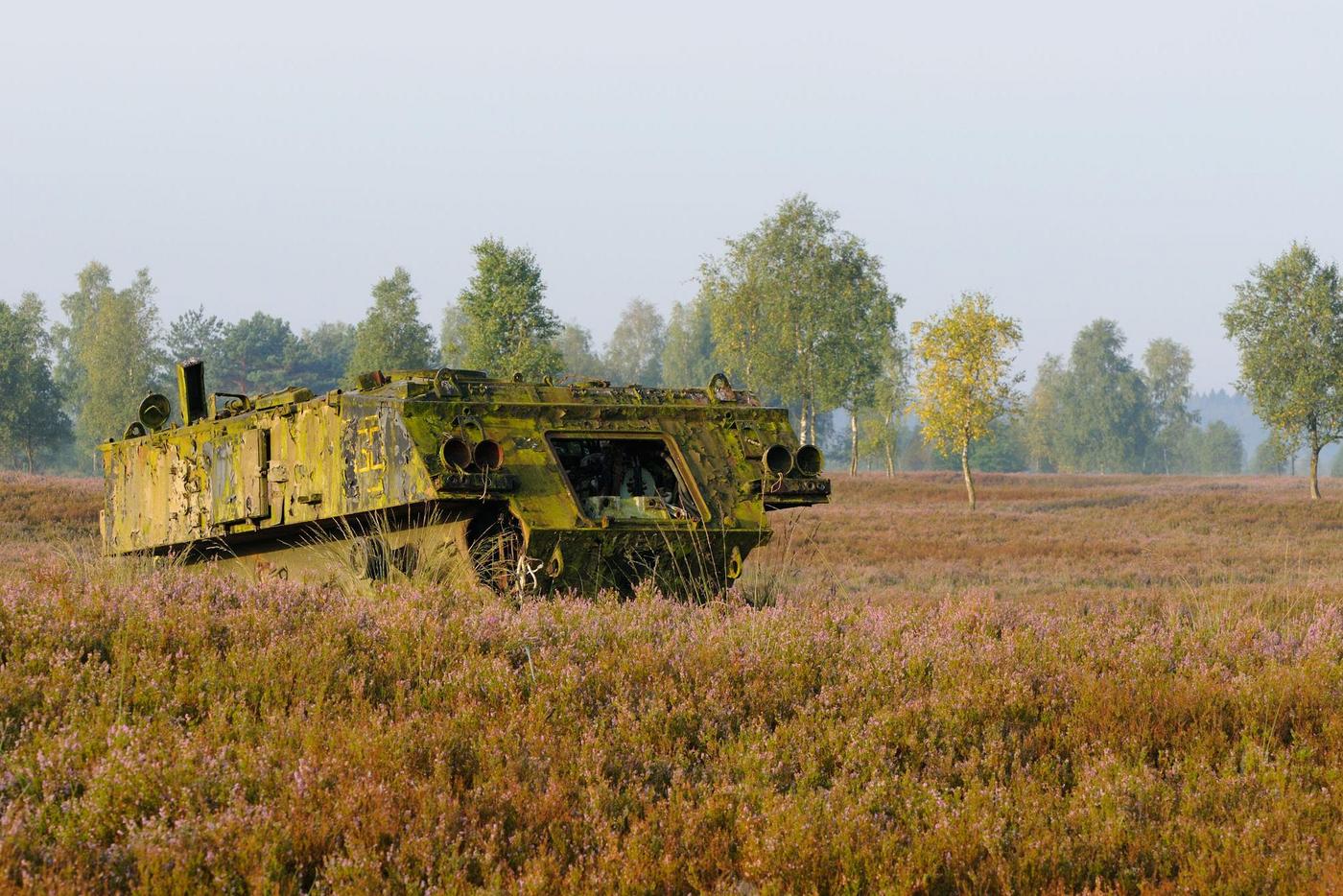
A decommissioned tank: military training areas have developed into refuges of biodiversity, not only in the Senne.
© Franz HasseAt the foot of the Teutoburg Forest there is the sandy heath country of the Senne. The ancient cultured landscape developed largely as a result of grazing methods which began as early as the Neolithic period (around 3 500 B.C.) and which changed the country dramatically: where previously extensive forests had been the dominant feature, with the advent of heathland sheep farming, now largely lost, extensive areas of heathland soon prevailed.
From the middle of the 19th century bit by bit the areas were reforested and open heathland was gradually transformed back into a woodland landscape. With the retreat of the heath its characteristic animals and plants grew rarer. Today for instance Maiden Pink, Hairy Greenweed, the Sand Lizard and many insect species, such as the Small Emperor Moth, are on the Red List.
The original heathland only remains on a few sites. In the Senne the establishment of a military training area 100 years ago was of benefit for the retention of heathland. Military use ensured that the area remained open land. Outside the training area there are comparatively few areas of heathland left. EuroNatur has been supporting the Paderborn-Senne Biological Station for many years now in the care and preservation of this valuable heritage with its wealth of species.



